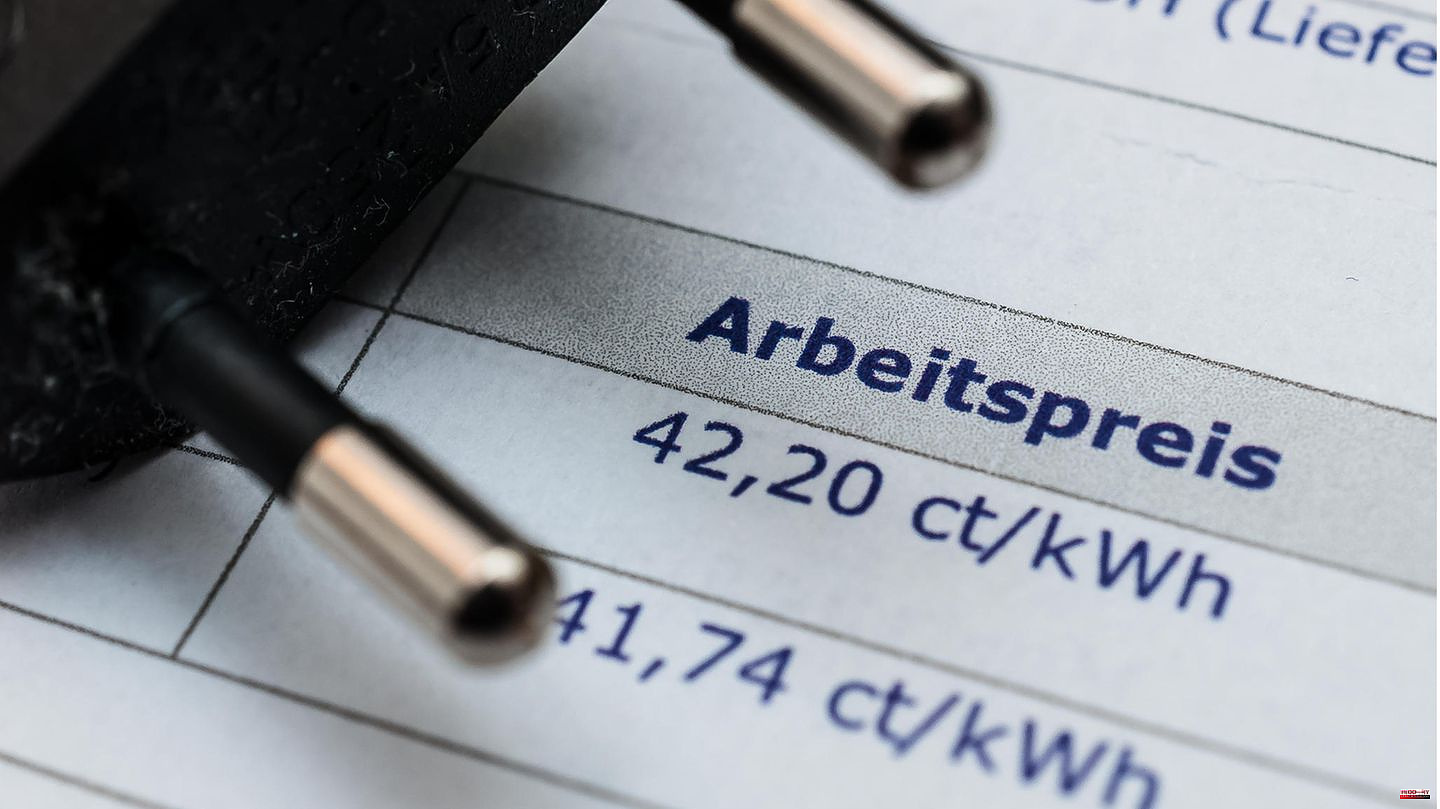Despite falling electricity prices, many consumers still have to pay significantly more for electricity than they did a year ago. In the 14 largest cities in Germany, electricity prices rose by an average of 40 percent between January 2022 and February 2023 in the basic supply. This was the result of an evaluation by the Federal Consumer Association (VZBV) for Capital. For this purpose, the tariffs and prices of energy suppliers were analyzed monthly.
While a household with an electricity consumption of 3500 kilowatt hours paid an average of 1181 euros per year last January, the average annual costs to be expected in February 2023 at the local basic supplier are 1654 euros.
As the evaluation also shows, there are enormous regional differences in the additional costs: For households in Essen, the price increase for the basic supplier is relatively small at three percent, whereas the costs in Munich have risen by a whopping 98 percent. For households with an annual consumption of 3500 kilowatt hours, this means additional costs of between 39 euros (Essen) and 1138 euros (Munich).
Watch the video: Low-energy house - despite rising electricity prices, this landlord is not increasing his ancillary costs.
The VZBV energy market observation team also evaluated how expensive basic suppliers and alternative providers are in comparison. Last year, basic suppliers were consistently cheaper than the providers with the cheapest tariffs on the market. In the meantime, however, the sentence that basic suppliers are almost always the cheapest option no longer applies. "Something is happening on the energy market right now," says Sabine Lund from the VZBV.
In all the major cities surveyed, the basic suppliers are again more expensive than alternative providers – with one exception: in Essen, the experts found a tariff that was slightly higher than that of the basic supplier. On average, consumers have to pay between 18 euros (Düsseldorf) and 1054 euros (Munich) more per year for the basic service tariff than for the cheapest tariff from an alternative provider. In two cities, namely Munich and Cologne, the most expensive alternative offers were still cheaper than the basic supplier.
The price differences between the providers can be explained by the different procurement strategies of the energy companies: while default suppliers buy for the long term, other providers on the spot market place orders for the short term. In the past, and now again, these alternative providers were able to pass on the favorable market prices directly to their customers. The downside of this practice is that they cannot absorb extreme price increases such as those resulting from the Ukraine war.
The fact that customers are currently benefiting more from the purchasing strategy of alternative suppliers is due to the fact that procurement costs for energy suppliers have been falling significantly since December. While the cheapest special electricity contracts were offered on the comparison portals Check24 and Verivox in January 2022 with an average gross working price of 39 cents/kWh, it is now only 33 cents/kWh in February (January 2023: 38 cents/kWh).
With the basic suppliers it is exactly the other way around: The gross working price was an average of 43 cents/kWh this February and thus 3 cents/kWh above the value set by the electricity price brake. In January 2022, a kilowatt hour cost significantly less, namely 30 cents.
This article first appeared on Capital.







